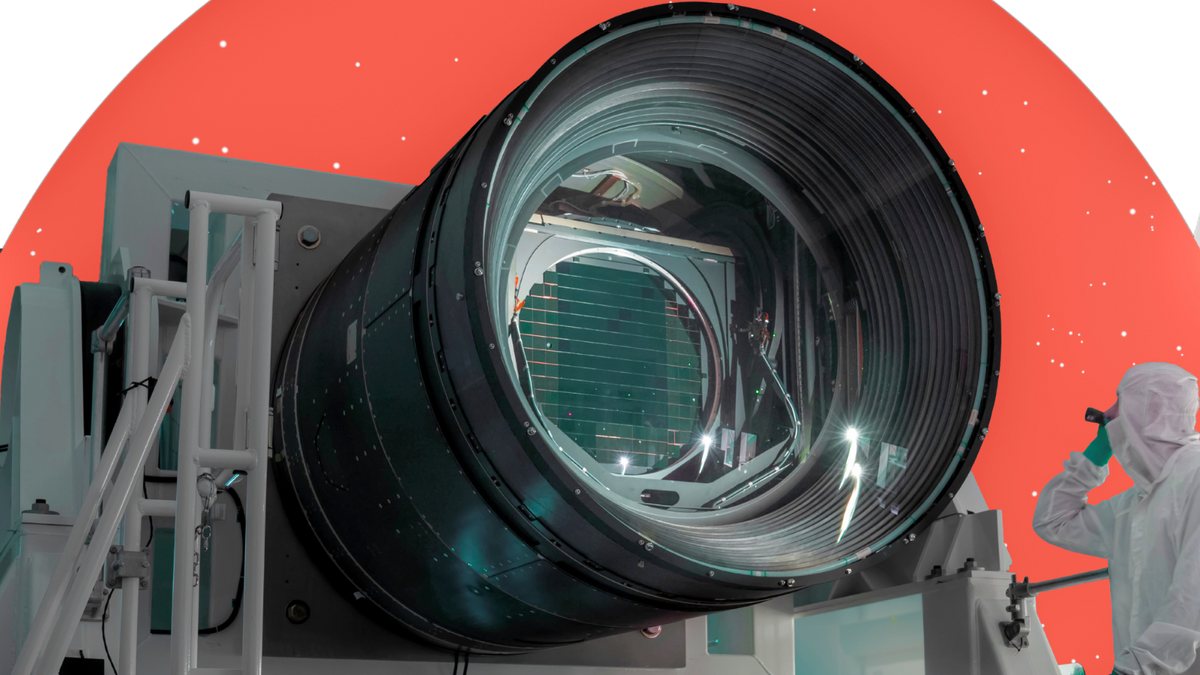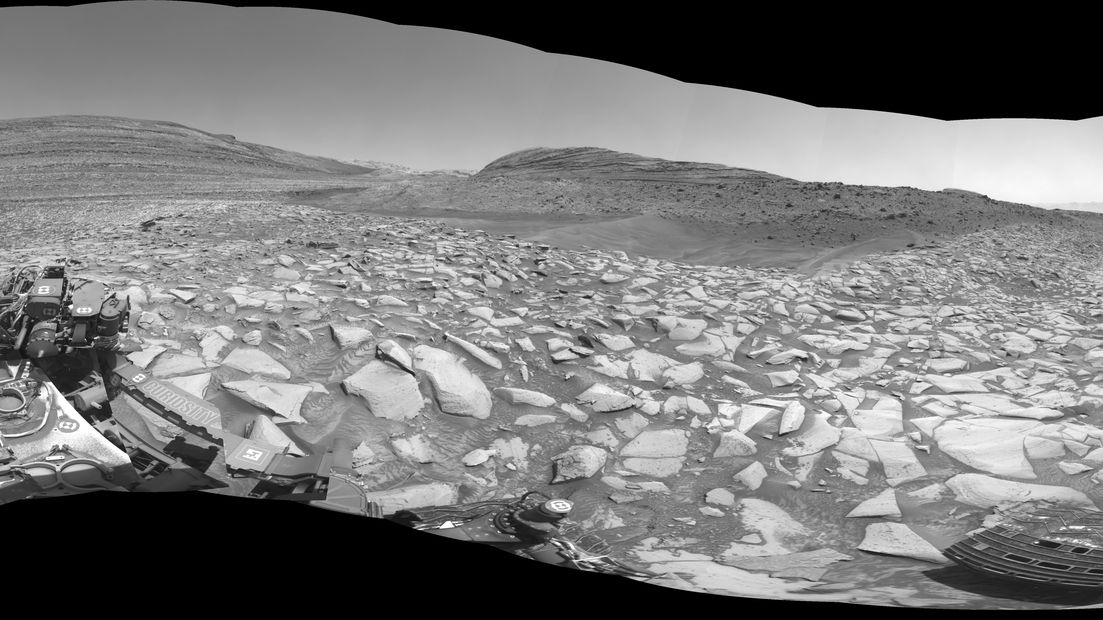Introduction
The Vera C. Rubin Observatory is embarking on its monumental Legacy Survey of Space and Time (LSST) over the next decade, covering the entire sky in the southern hemisphere multiple times. To support this ambitious mission, the SLAC National Accelerator Laboratory has successfully crafted the LSST camera, the most extensive digital camera ever constructed, for Rubin’s groundbreaking 10-year exploration.
The LSST Camera
The LSST camera, with a staggering 3,200-megapixel capacity, stands as large as a compact car and weighs a formidable 3 metric tons, equivalent to half the mass of a male African bush elephant. This significant technological marvel is poised to shed light on the enigmatic nature of dark energy, a dominant force constituting approximately 70% of the matter-energy composition of our universe, driving the cosmic expansion to accelerate.
In addition to delving into the mysteries of dark matter, an imperceptible substance accounting for roughly 85% of cosmic matter, the LSST camera will provide insights into various astronomical enigmas. As described by Željko Ivezić, Director of Rubin Observatory’s construction, this endeavor will give birth to the “greatest movie of all time” and unveil the most comprehensive map of the night sky ever synthesized.
The Scientific Impact
“The data collected by the LSST camera and Rubin will be truly groundbreaking, facilitating incisive studies on the universe’s expansion and dark energy,” stated Aaron Roodman, SLAC professor and Rubin Observatory Deputy Director and Camera Program Lead. The LSST survey promises a panoramic view encompassing billions of galaxies, an estimated 17 billion stars within our own Milky Way, and millions of celestial bodies within our solar system. This comprehensive exploration seeks to encompass the entire cosmic canvas visible from our strategic vantage point in Chile.
Imaging Capabilities
Unlike images generated by prominent telescopes, the distinctiveness of LSST Camera images lies not in individual galaxy clarity but in their expansive coverage across the sky. The remarkable attribute of these images shines through their vastness, encapsulating numerous stars and galaxies across the firmament.
The LSST camera’s meticulous imaging capability allows it to discern a golf ball from a distance of 15 miles while encompassing an area seven times broader than the full moon.
Scientific Advantages
One of the paramount advantages of the LSST survey is its reiterated examination of specific sky sectors, enabling precise monitoring of evolving phenomena over a decade. This sustained observation permits the study of transient events such as supernovas’ luminous fluctuations, gravitational light bends from distant objects due to passing matter (including dark matter), and the progressive distancing of galaxies propelled by dark energy-induced cosmic expansion.
Challenges and Preparations
Before delving into investigating dark energy and cosmic conundrums, the LSST Camera faces a logistical challenge in its transportation from SLAC in Menlo Park, California, to the altitude of 8,900 feet atop Cerro Pachón in the Andes. Hoisted atop the Simonyi Survey Telescope later this year, the delicate camera comprises a focal plane housing 201 individualized CCD sensors, each meticulously designed to maintain fine flatness tolerances, a feat requiring precision akin to a tenth of a human hair’s width.
During its transport, ensuring the sensors’ safeguarding against collisions poses a major concern, underscoring the camera’s fragility and the intricate handling required throughout the transit. Ostensibly, safeguard measures involve surrogate tests reflecting the camera’s weight and form, utilizing accelerometers to simulate stress factors anticipated during aerial transportation to Chile.
Deployment and Operationalization
Once situated and integrated with essential systems at its mountaintop position, the LSST Camera will undergo vital assessments to confirm operational readiness. Rigorous testing will validate both the camera’s functionality and the telescope’s seamless operation as an integrated system. Subsequently, an 18-week phase will commence, initiating the capture of celestial images.
While the initial imaging target remains undecided, Roodman anticipates focusing on a section of the sky hosting a prominent bright galaxy. The unveiling of the initial LSST images to the public is slated for the upcoming spring, a momentous reveal encapsulating years of dedicated efforts by the research team.
“I am eagerly awaiting the debut of the first LSST images,” Roodman expressed. “Having been part of this project since 2011, the completion of the camera heralds a significant milestone in our collective endeavors, promising a wealth of astronomical discoveries in the making.”
Image/Photo credit: source url





